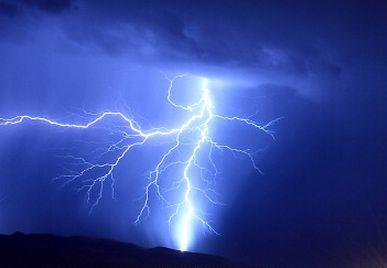Australian researchers have worked out how to make electricity out of thin air with the help of an enzyme that could leave batteries for dead.
The hero at the centre of the Monash University discovery is a hydrogen-munching enzyme from a common bacterium found in soil.





